Norway is famous for its fjords, two of which, the Geirangerfjord and the Nærøyfjord, feature on the UNESCO World Heritage list. The Sognefjord, the longest of them all, and the Hardangerfjord, famed for its cherry and apple trees, are among the most visited.
Northern lights
The Northern lights are a common natural phenomenon in Northern Norway, and are most commonly observed above the Arctic Circle between late autumn and early spring.
Midnight sun
The sun does not set in summer over the Arctic Circle, meaning visitors to Northern Norway enjoy 24 hours of daylight this time of year.
Weather
The weather in Norway is much milder than one would expect. Because of the Gulf Stream, temperatures along the coast of Norway are 5-8°C higher than at comparable latitudes elsewhere.
Vikings
The Vikings have a bad reputation as raiders, but they were also traders, explorers and settlers, and the legacy from the Viking Age (AD 800-1050) lives on.
The Sami people
The Sami are the indigenous people of Norway. Known for their colourful clothes and the huge herds of reindeer they look after, the Sami have been living in northern Scandinavia for over 10,000 years, and today they have their own parliament in Karasjok.
Famous Norwegians
These include explorers Roald Amundsen, Fridtjof Nansen and Thor Heyerdahl, composer Edvard Grieg, violin virtuoso Ole Bull, artist Edvard Munch, playwright Henrik Ibsen, novelist Knut Hamsun, and politician Gro Harlem Brundtland, among many others.
The Royal Family
King Harald V, the King of Norway, and Queen Sonja have two children: a son, Crown Prince Haakon, who is married to Crown Princess Mette-Marit, with whom he has two children and a daughter, Princess Martha Louise, who is married to Ari Mikael Behn.
Trolls
Trolls are an important part of Norwegian folklore. They vary in size and appearance, but are invariably ugly and messy creatures, and always mischievous (if not downright nasty). They usually live in caves or deep in the forest, and only emerge from their hiding places after sunset – legend has it that they turn to stone upon contact with the sun. Several places in Western and Northern Norway have been named after them, such as Trollheimen, Trollstigen, Trollhatten and Trollveggen.
In Norway everyone has the right of access (“allemannsretten”) in the countryside – including the national parks.
Marked trails
Several national parks have arrangements for outdoor activities with a network of marked paths and trails and overnight accommodation in either staffed lodges or self-service cabins.
In vulnerable areas where it is desirable to limit the impact of visitors, paths and accommodation are minimal. General regulations concerning free access and special regulations concerning preservation in the individual parks may limit what is allowed.
Wild reindeer
National parks are particularly important for species that need relatively large and undisturbed areas to survive, such as wild reindeer, predators and birds of prey. Many of these are at great risk from human intervention and some are even threatened with extinction. Norway has an international responsibility to look after endangered species and their habitats.
Nearly 85 per cent of Norway’s national parks are mountains. The mountain landscape varies from endless gently rolling high plateaus to sharp peaks, ravines and glaciers. http://flic.kr/p/aEj5VE

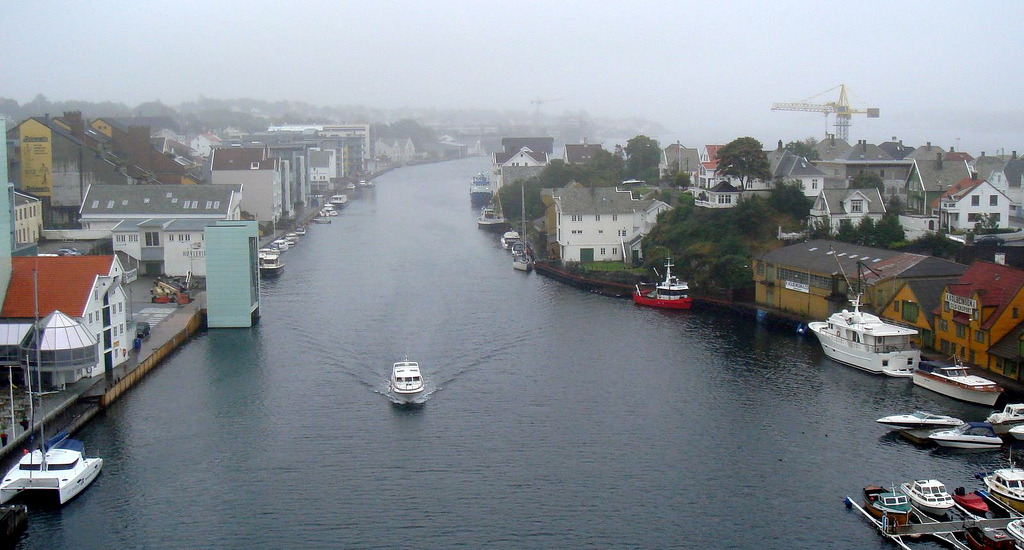
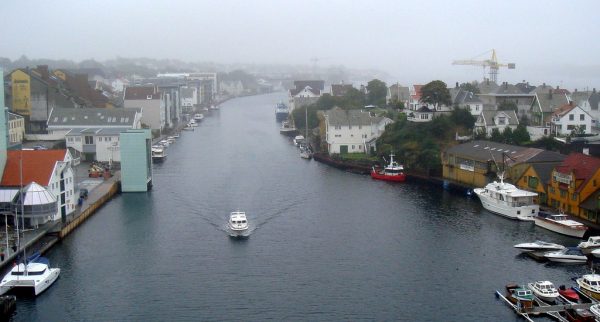
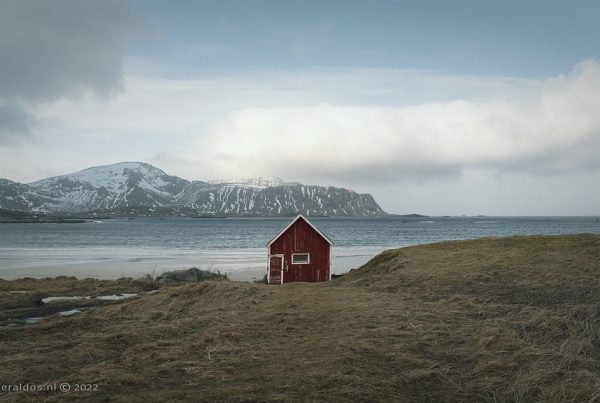
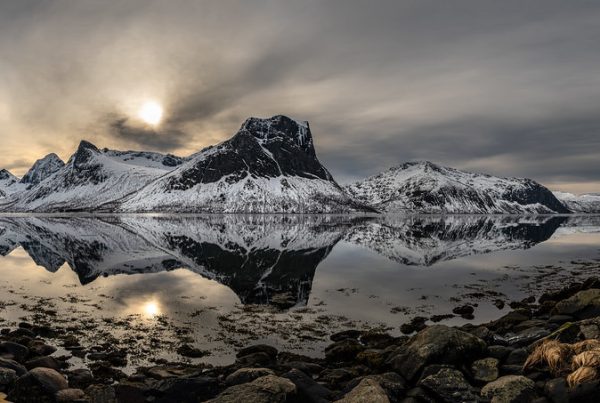
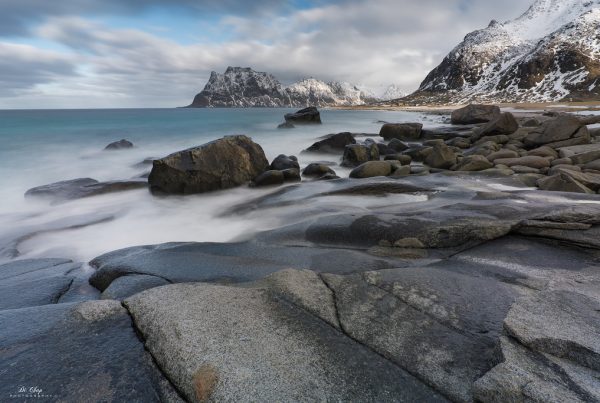
Recent Comments